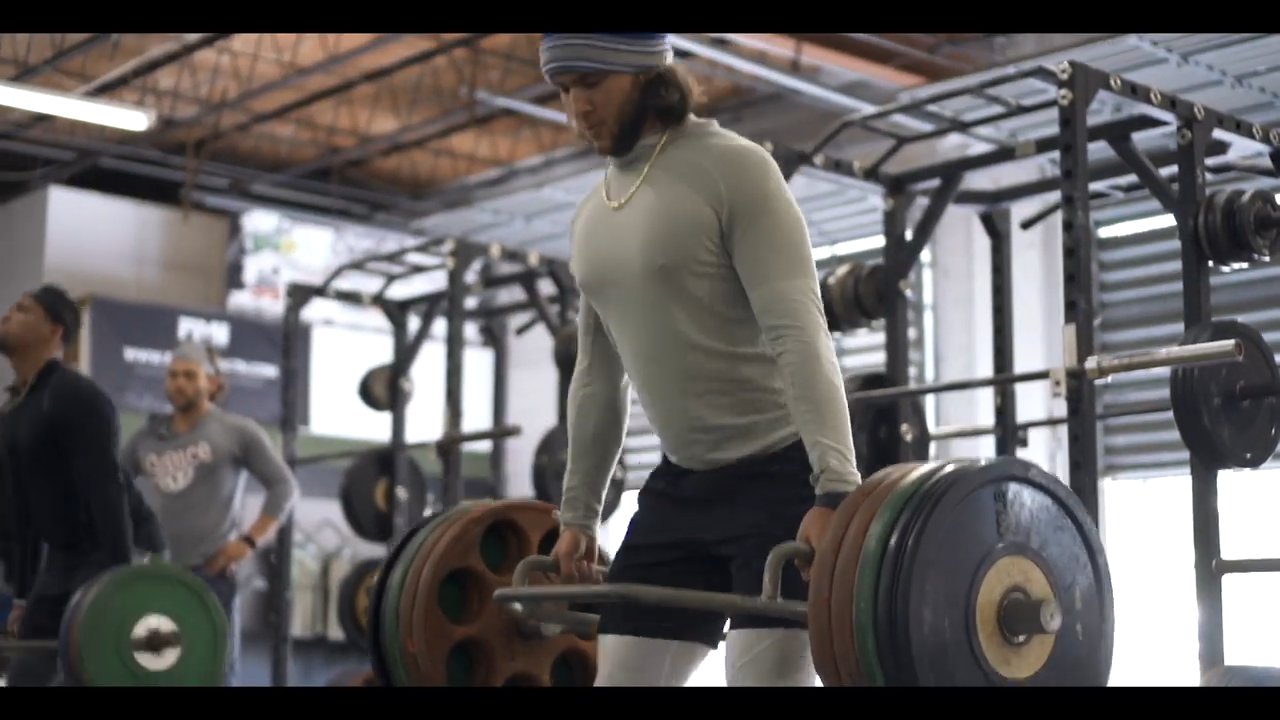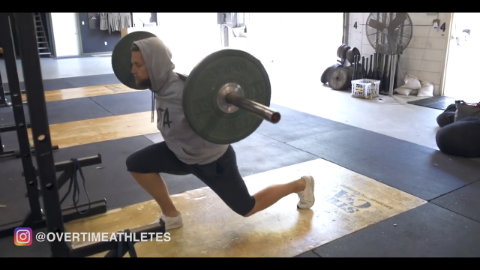Get More Bounce (No Jumping Required)
In part one of this series (you can read about it here), I talked about how, through stretching, mobility, and turning on certain muscles, you can jump higher. Without leaving the ground.
In that article, I left out a few key pieces, which I’ll talk about here.

Honestly, some of these vertical jump boosters may surprise you, as they may be things you overlooked.
Alright, enough intro, let’s go:
You Don’t Need Strength
I’ve seen plenty of weak athletes. I’ve seen guys who couldn’t even bench a plate on each side. However, these guys were insanely skilled at their sport. This made them a standout amongst their peers.
The truth is, some people are gifted, and they don’t need to train at all to be explosive, powerful, and high-flying, while being as weak as a kitten.

This is because strength is not a performance related component of fitness (it’s a health related component). PRCFs are physical traits that contribute to an athlete’s performance. Some of these PRCFs include power, speed, quickness, and agility.
However, it is important to note that PRCFs build upon health related components of fitness. For example, power is built out of strength, and flexibility, amongst others.
So, if you’re naturally gifted with a high amount of fast-twitch fibers, strength isn’t important, but if you’re not… Building strength is essential.

The equation for power, which is what denotes your vertical jump is: Power = (Force x Distance) / Time.
This means that there are multiple ways to increase your power. One is by increasing the amount of total force you can produce through strength training. Another is through increasing rate of force development, which is done by plyometrics.
For the sake of this article I’m going to focus on the strength aspect.
What Strength Movements Are Best?
If you’re trying to increase your vertical jump, you might think the back squat is best…
You’d be wrong.

Yes, I use the squat for all of my athletes. And I use the squat with different variations and tempos in my vertical jump programs.
However, studies have shown that the trap bar deadlift correlates best to the vertical jump (speed too). So, if you had to pick one movement to train for a higher jump for the rest of your life, you should pick the trap bar deadlift.
Despite that research, both of these movements have their place. To make them more effective, you can add tempos, limit the range of motion, and use them in contrast training.

There are also a bunch of auxiliary movements that can aid in vertical jump efforts, like the Bulgarian split squat, KB swing, and variations of the reverse lunge.
Keep Progressing
If you want to increase your vertical jump, it’s important to continually challenge your nervous system. This means adding weight each week, increasing intensity, or doing an extra rep or two.

This is important not just for the big lifts, but also auxiliaries. For the longest time I made the mistake of dragging ass on my auxiliary movements, and this caused me to plateau in strength and power levels.
Are You Strength Training Correctly?
Powerlifters can lift heavy ass weight, but they can’t run fast or jump high. This is because they train in a way thats specific to strength, not specific to sport.

You want to train strength in a way that translates to your sport, and you can do this with specific tempos, movement manipulation, and percentages.
If you want to learn how to do this, you can learn from me…
For free…
Just hit the link below and join my FREE Advanced Strength Video Series.
You’ll learn all of the above and more. No strings attached:
Click Here to Join the Advanced Strength Series
